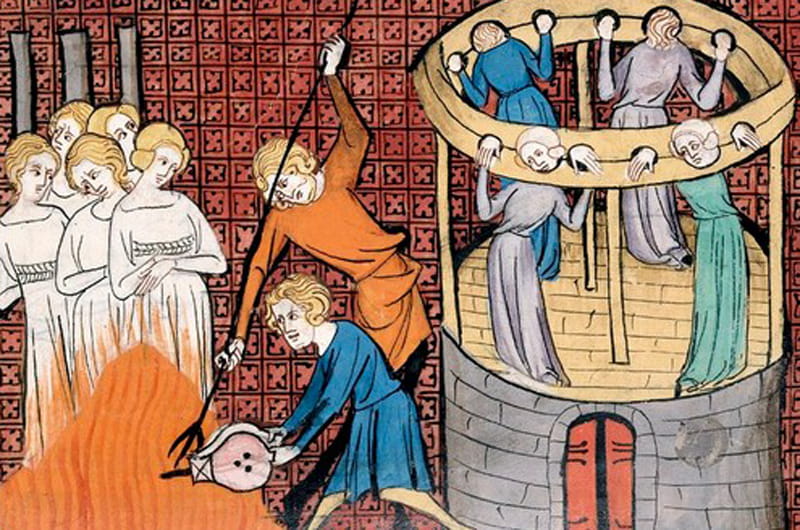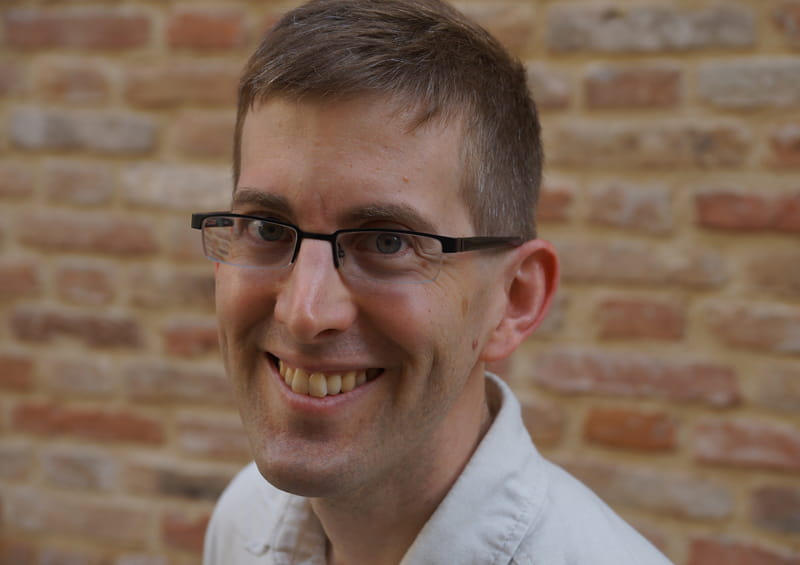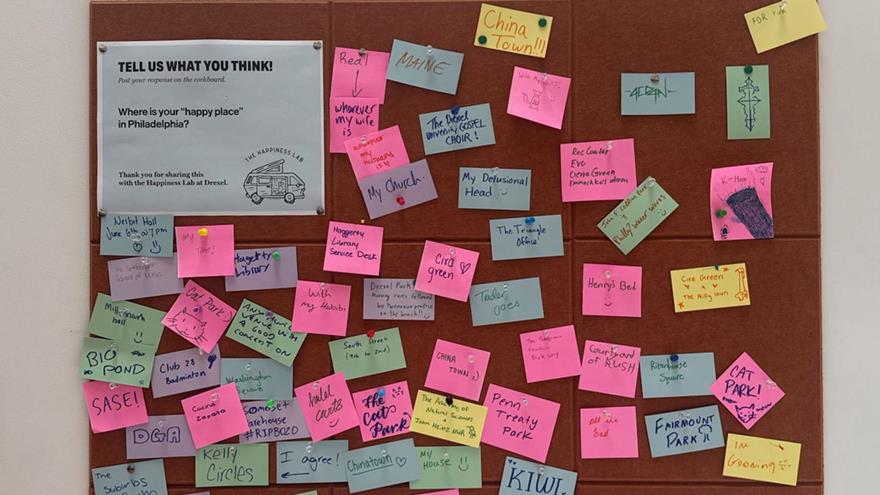Newt Eyes and Dragon Scales: A Halloween Q+A on the History of Witchcraft

As Oct. 31 approaches, among the seasonal décor that starts cropping up we often see images of witches with pointy hats, black capes and broomsticks decorating houses and yards. But witches have existed in history long before the stereotype of the green-faced, cauldron-stirring hag emerged.
With Halloween on the horizon, DrexelNow reached out to Jonathan Seitz, PhD, director of undergraduate studies and associate teaching professor of history in the College of Arts and Sciences, who will be teaching a new course on the history of witchcraft during the winter term. He also authored the book “Witchcraft and Inquisition in Early Modern Venice” (Cambridge University Press, 2011), and is currently conducting research exploring magic and witchcraft practices closer to home — in Pennsylvania around 1700 and in more recent times.

According to Seitz, the classic witch-craze of Salem gets all the attention, but that’s just the somewhat misleading tip of the iceberg of early American magic.
What inspired you to create this course?
Two things, really. First, I find the history of beliefs about the supernatural completely fascinating. It is my main research interest, and I wanted to let my students get a taste of it, too. My first book was about witchcraft trials in Venice, and how people involved in those trials struggled to identify cases of witchcraft. Pretty much everyone agreed witchcraft happened, but identifying specific cases was hard. The second reason I created this course is that the history of witchcraft is a great example of how historians work to interpret the past. In the past few decades, not only have historians uncovered much more documentation about witchcraft, but different historians have also proposed a great variety of explanations for the explosion of witch-hunting in Europe and its colonies from the 15th through the 17th centuries. In the class, we will be able to test these various explanations and think hard about how historians should interpret the past.
Why has there been a renewed interest in witchcraft over the last few decades?
For a long time, professional historians would only glance at the history of witchcraft. The topic didn't involve the “great men” of history, was seen as patently irrational (and therefore resistant to analysis) and was not part of the perceived march of progress down to the present. So, most scholars ignored the topic aside from those looking to use the witch hunts as a stick with which to beat their intellectual opponents (blaming the Catholic Church, the Puritans, the Spanish or some other group for society's ills). But in the later 20th century, historians started paying much more attention to ordinary people, to popular culture and to the complexities of gender, religion, social relations and other historical factors at play in the witch trials. Also, historians began to see witch trials — and criminal trials more generally — as rich historical records of what people were up to at the time.
What are a few examples of ideas about witches, demons, magic and witchcraft changing over time?
Some witchcraft beliefs and practices were very constant. You see people writing love-magic inscriptions for centuries, for example. But some things changed. As the religious upheavals of the Reformation started in the 1500s, witchcraft and possession became tangled up in those fights. So, in some places with a lot of Catholic vs. Protestant tensions, a possessed person might be brought out and the demon would “speak” to the crowds, revealing which side of the conflict was in league with the devil and which side was the legitimate, holy church. Another important shift was that as time went on, many intellectuals shifted away from seeing popular magic as often heretical or demonic (which means it might work, but it's evil) and toward seeing it as vulgar superstition (which means it can't work, and just reveals people's ignorance).
Your class will look at the wave of witchcraft persecutions from 1400–1700. What sparked this trend and what stopped it?
Frankly, I don't think historians have nailed down single convincing answers to those questions. Maybe that's in part because different factors were involved in different local contexts. But for the big picture, we have a lot of different possible answers for the rise of the trend: demographic, economic and perhaps even climate changes stressing societies; the rise of religious dissent connected to the Reformation; political and religious authorities looking to control their populations more tightly. For the end of the prosecutions it's important to notice that although the trials stopped, the practices kept going. The end of the trials might have come from tighter control of legal systems, the calming of religious conflict, and changing ideas about science and medicine that made magic seem less plausible to the elites of the day who created and enforced the laws.
What are a few things that these stories tell us about changing ideas about justice, religion, gender or science?
We can see, for example, that areas with more centralized justice systems tended to have fewer witchcraft trials — especially the chain-reaction-type trials where accusations just kept spreading and spreading, as in Salem, Mass. As central governments gained greater control over distant courts, trials died down. In Catholic Italy, the explosion of witchcraft trials came at the expense of trials for Protestantism, and that shows us that Church authorities stopped worrying so much about secret Protestants and started paying more attention to what they thought Catholics were doing wrong. And the increasing use of “expert witnesses” such as doctors and exorcists in some witchcraft trials shows us how these professional groups were becoming the go-to authorities for questions about weird events on the border between natural and supernatural.
Do you have anything special planned for Halloween?
I'd like to say that I've laid in a collection of newt eyes and dragon scales to perform some of the magic described in the trials. But when you have little kids, as I do, Halloween is magical enough without any supernatural help. When I teach my witchcraft course in the winter term, though, maybe I'll give the students some love-magic spells from the archives to try out for Valentine's Day.
Drexel News is produced by
University Marketing and Communications.
